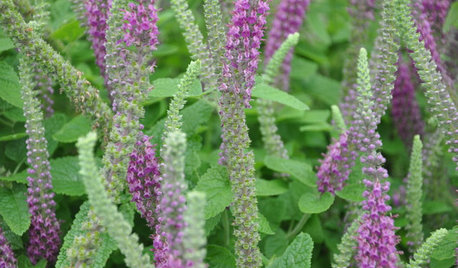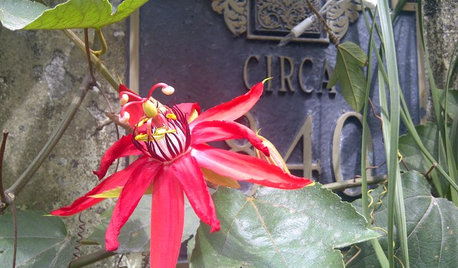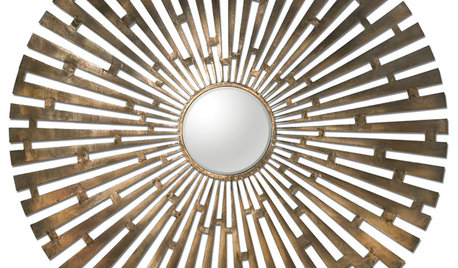Incense fruit
jblaschke
16 years ago
Related Stories

GARDENING AND LANDSCAPINGBid Bad Garden Bugs Goodbye and Usher In the Good
Give ants their marching orders and send mosquitoes moseying, while creating a garden that draws pollinators and helpful eaters
Full Story
SELLING YOUR HOUSE7 Must-Dos on the Day You Show Your House
Don’t risk losing buyers because of little things you overlook. Check these off your list before you open the front door
Full Story
FEEL-GOOD HOME9 Smells You Actually Want in Your Home
Boost memory, enhance sleep, lower anxiety ... these scents do way more than just smell good
Full Story
MY HOUZZMy Houzz: Bohemian Home Inspired by Organic 1970s Design
The turn-of-the-last-century home of a creative Portland couple becomes an extension of their art
Full Story
HOLIDAYSHouzz Call: Show Us Your Holiday Mantel
Do reindeer prance or lights dance above your fireplace during the holidays? Share your decorated mantel with us
Full Story
FLOWERS5 Sensational Flowering Vines for Warm Climates
Splash your garden with bright tropical color from late summer through fall with these showy trailing and climbing beauties
Full Story
SHOP HOUZZHouzz Products: Luxuriate in New Looks for Warm Brass
Add the muted tones of vintage brass to your modern metal mix
Full Story
HOUZZ TOURSHouzz Tour: Major Changes Open Up a Seattle Waterfront Home
Taken down to the shell, this Tudor-Craftsman blend now maximizes island views, flow and outdoor connections
Full Story
DECORATING STYLESGypsy in Your Soul: 10 Steps to a Bohemian Bedroom
If your inner boho is clamoring to be released, feed your fantasies in a gorgeously unconventional bedroom
Full Story
KITCHEN STORAGEShow Us Your Hardworking Pantry
Do you have a clever and convenient kitchen storage setup? Throw some light on the larder and share your pictures and strategies
Full Story





ninecrow
jblaschkeOriginal Author
Related Professionals
Alexandria Landscape Contractors · Athens Landscape Contractors · Cary Landscape Contractors · Conroe Landscape Contractors · Elkridge Landscape Contractors · Selden Landscape Contractors · Vashon Landscape Contractors · West Covina Landscape Contractors · Quincy Driveway Installation & Maintenance · Randolph Driveway Installation & Maintenance · Cape Girardeau General Contractors · Conneaut General Contractors · Conway General Contractors · De Pere General Contractors · Seguin General Contractorsninecrow
kiwinut
sultry_jasmine_nights (Florida-9a-ish)
jblaschkeOriginal Author
ninecrow
BrettinTX
jblaschkeOriginal Author
karyn1
ninecrow
jblaschkeOriginal Author
ninecrow
MissSherry
sultry_jasmine_nights (Florida-9a-ish)
jblaschkeOriginal Author
ninecrow
jblaschkeOriginal Author
MissSherry
jblaschkeOriginal Author
jblaschkeOriginal Author
MissSherry
jblaschkeOriginal Author
MissSherry
louisianamark